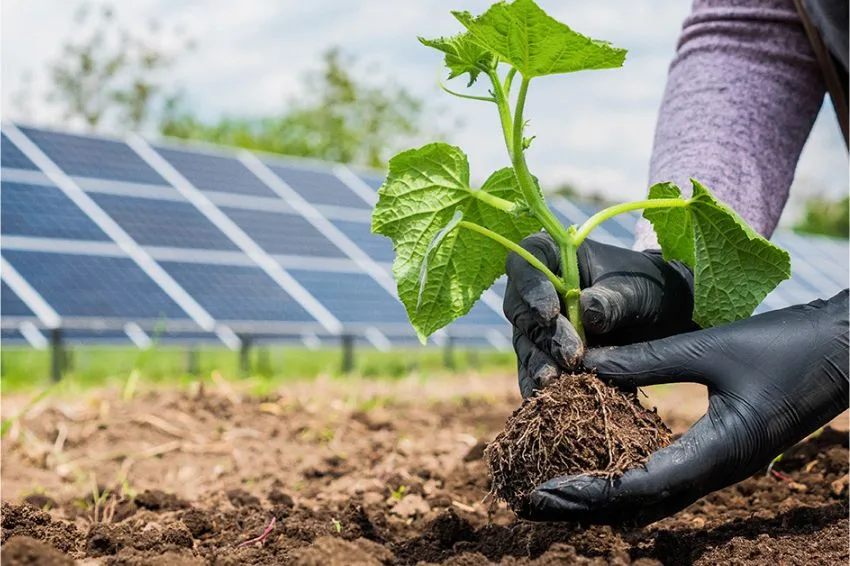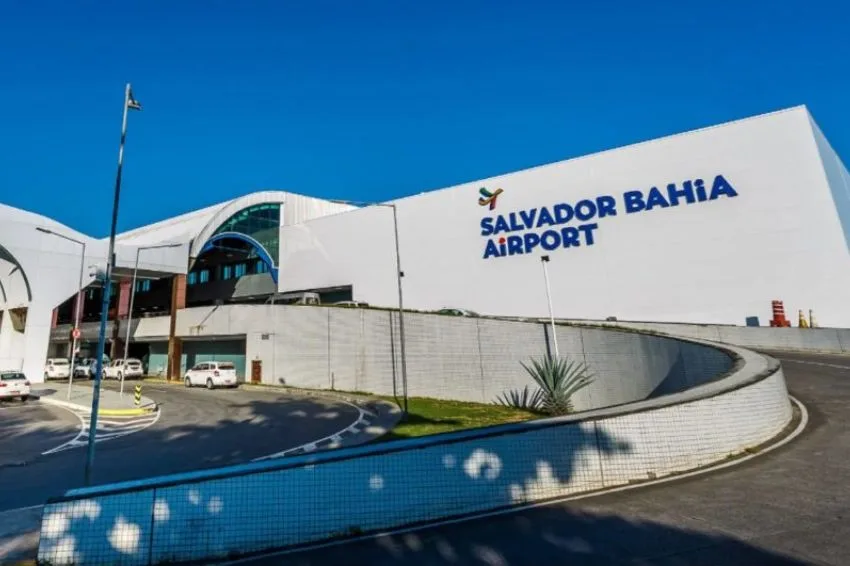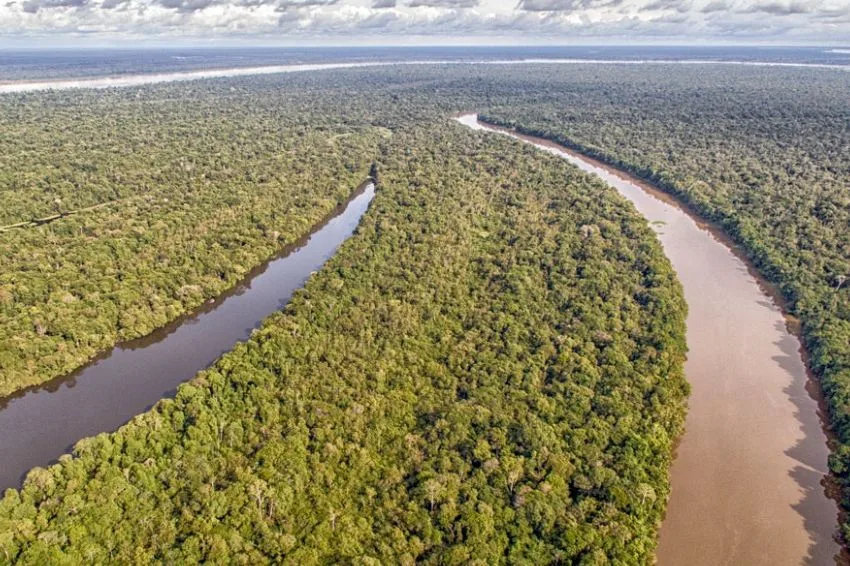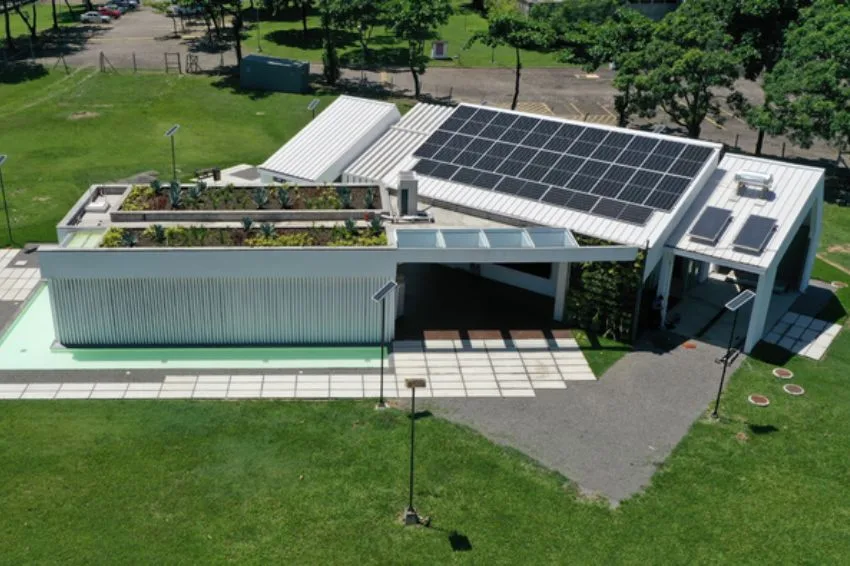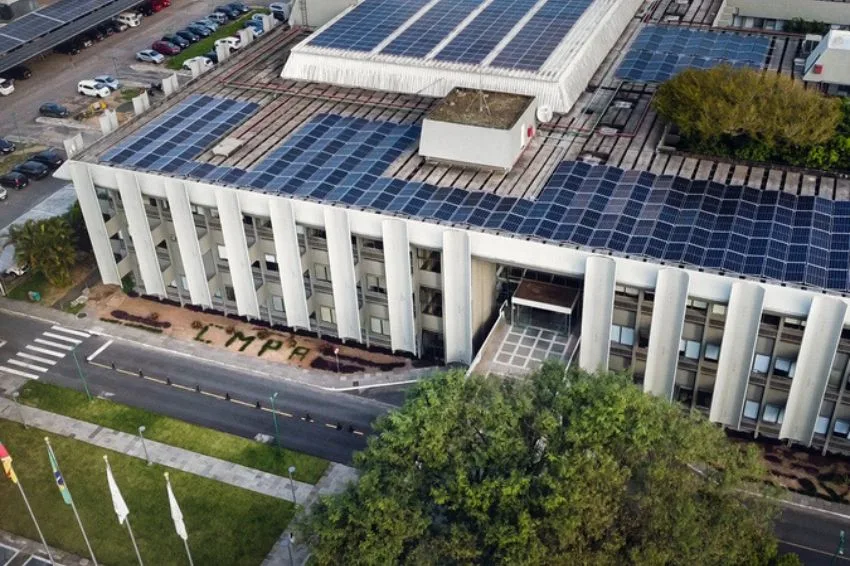The Presidency of the Republic published last Wednesday (17) the Decree No. 11,648/23 with program guidelines Amazon Energies, but without the goals that will be pursued by the program.
The plan foresees the presentation of quantitative targets for reducing greenhouse gas emissions for 2030 and 2035, to be established by the CNPE (National Energy Policy Council), preceded by public consultation.
On the day of the program's launch, at an event held on August 4, the minister of MME (Ministry of Mines and Energy), Alexandre Silveira, said that the goal will be reduce in 70% the use of fossil fuels in the region's electrical matrix by 2030, replacing diesel generation with renewable sources.
But, according to the decree, hybrid solutions will also be accepted “in which the generation capacity with fossil fuels is technically recommended to guarantee security of supply.”
The list of actions and projects eligible for the program includes the installation of assets from renewable sources “or the use of low-carbon fuels, including, when applicable, biomass, liquid biofuels, biogas and energy use of waste”, as well as solutions for energy storage and import of electrical energy, as long as it reduces greenhouse gas emissions and CCC (Fuel Consumption Account) expenses.
Training and qualification of the local population is also planned, in partnership with universities, the third sector and the private sector, on the installation, operation and maintenance of equipment for the generation of renewable sources and the storage of electrical energy.
The Amazon Energy program guidelines are:
- Value the energy resources available in the Legal Amazon, especially renewable ones;
- Promote energy efficiency and reduce losses in the electrical energy supply;
- Enable the interconnection of Isolated Systems to the National Interconnected System, when technically, economically and socially viable;
- Promote an appropriate balance between supply reliability and reasonable tariffs and prices;
- Promote the quality and transparency of data and information regarding the supply and consumption of fuels in the Isolated System;
- Promote technological innovation and improve the quality of electrical energy supply;
- Promote engagement and social participation in the planning and implementation of actions;
- Coordinate with other government programs with a view to interconnecting policies and actions in the locations served.
Contracting will be done through transmission auctions, supply solutions and subrogation in CCEE reimbursement. The evaluation of the program's results will be published by the MME on an annual basis, taking as a reference the consumption of fossil fuel used in the generation of Isolated Systems for the year 2022.
The Ministry of Mines and Energy will evaluate the results, based on data and information provided by EPE (Energy Research Company), ANEEL (National Electric Energy Agency), ONS (National Electric System Operator) and the CCEE (Electric Energy Trading Chamber), and will submit it to the CNPE for science.
About Isolated Systems
Electricity generation in the North of Brazil represents an annual cost of R$ 12 billion, which is supported by the CCC (Fuel Consumption Account) and paid by electricity consumers across the country.
Generation costs in this area are higher due to the logistics of transporting fuel. To prevent energy costs from being too high for the local population, generation costs are shared among all consumers in the country.
Despite the high value, the consumption of isolated systems represents only 0.6% of national consumption, and the population of these locations represents only 1.4% of the total Brazilian population.
According to the CCEE (Electric Energy Trading Chamber), the state of Amazonas is responsible for 75% of the CCC's annual budget, while Roraima contributes 11% and Pará contributes 6%. The remainder is divided between Rondônia, Acre and Amapá.
In total, 211 communities outside the National Interconnected System are supplied by generators powered by fossil fuels. In the Legal Amazon, around 3 million people are served by these isolated systems, the majority of them being residential consumers, according to data from EPE (Energy Research Company).




